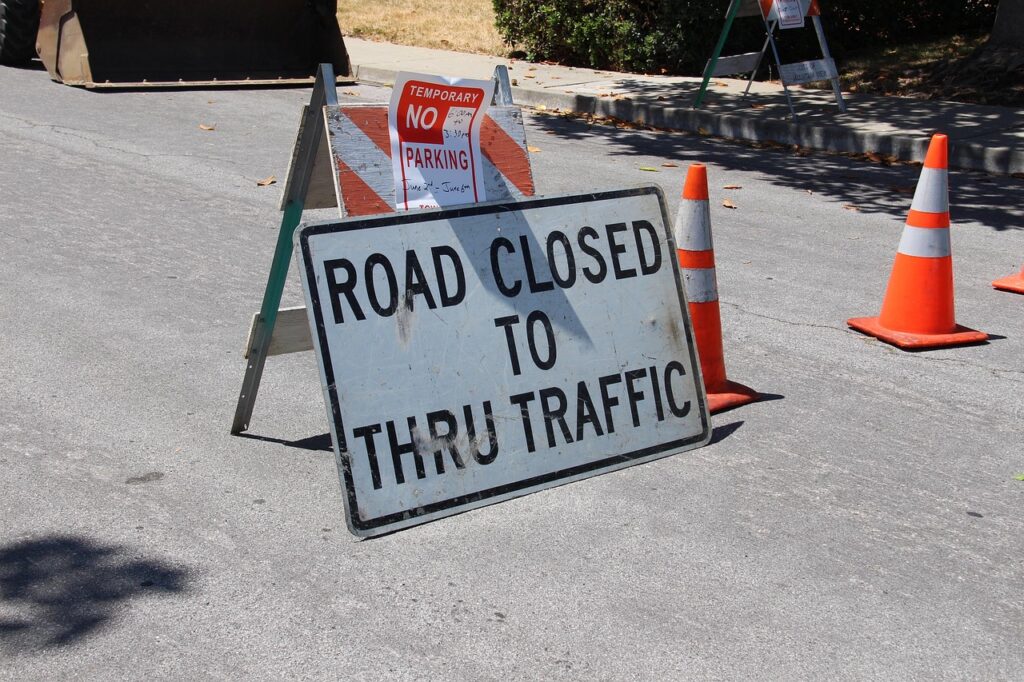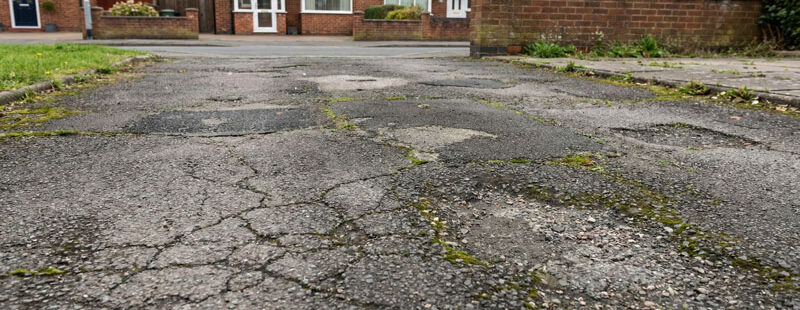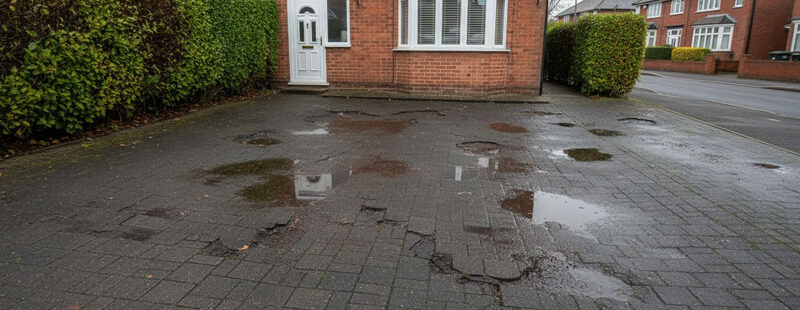
- min min
- No Comments
- May 12, 2025
Why Traffic Management During Road Surfacing Is Essential
Traffic management during road surfacing plays a crucial role in ensuring both public safety and project success. Whether it’s a full road resurfacing or routine maintenance, poor planning can lead to serious issues—congestion, increased risk of accidents, frustrated residents, and missed deadlines. In contrast, effective traffic management ensures that road users stay safe, delays are minimised, and surfacing crews can do their work quickly and efficiently.
Without proper traffic management during road surfacing, even small projects can become disruptive and dangerous. This article explains why traffic management matters, the key strategies involved, and how it benefits communities and contractors alike.
Key Objectives of Traffic Management During Road Surfacing
Every project involving traffic management during road surfacing should aim to achieve three key goals:
1. Maintain Road Safety with Effective Traffic Management
Safety is the top priority of traffic management during road surfacing. Worksites often involve heavy machinery, uneven surfaces, and narrowed lanes. Without appropriate safety controls, the risk of accidents involving both workers and road users increases significantly.
Key safety measures include:
-
Temporary signs and warnings
-
Clearly marked work zones
-
Barriers and cones to separate traffic from active work areas
-
Speed limit reductions through work zones
These practices ensure that everyone—whether driving, cycling, or walking—can navigate the area safely while resurfacing is in progress.
2. Reduce Congestion with Smart Traffic Management
Proper traffic management during road surfacing is vital to reducing disruption. Uncontrolled traffic flow during surfacing projects can lead to gridlock, especially in high-traffic areas.
Smart traffic control strategies reduce congestion through:
-
Well-planned detours and alternative routes
-
Scheduled lane closures outside peak hours
-
Adjusted traffic light sequences
-
Temporary pedestrian crossings and access lanes
With these tools, contractors help maintain steady traffic flow, which benefits local residents, commuters, and businesses alike.
3. Increase Productivity with Planned Traffic Management
Delays on a surfacing project can quickly increase costs and extend timelines. Efficient traffic management during road surfacing supports crews by giving them space and security to complete work on time.
When traffic is managed correctly:
-
Crews have more predictable working hours
-
Risk of equipment damage or accidents is lower
-
Road closures and diversions are respected
-
Access to the site is streamlined
This leads to faster completion times, fewer delays, and lower overall costs.
Top Strategies for Traffic Management During Road Surfacing
A successful approach to traffic management during road surfacing relies on several best practices. These strategies should be tailored to the specific location and scope of the project.
1. Advance Planning of Traffic Management Before Surfacing Starts
The foundation of any good traffic management during road surfacing project is planning. Contractors must assess road conditions, traffic volume, and community needs before setting up any work zones.
Effective plans include:
-
Mapping out possible congestion points
-
Identifying suitable detour routes
-
Scheduling work during off-peak hours where possible
-
Allocating staff and equipment for traffic control
Advance planning reduces confusion and provides a roadmap for smooth operations throughout the project.
2. Community Engagement to Support Traffic Management During Works
Public cooperation makes a big difference in the success of traffic management during road surfacing. Keeping people informed helps reduce complaints and increases compliance with detours and restrictions.
Tactics include:
-
Advance warning signs in affected areas
-
Door-to-door flyers or mailers in residential zones
-
Social media updates and live traffic alerts
-
A dedicated helpline or contact email
When residents understand what to expect, they’re more likely to plan ahead and show patience during temporary roadworks.
3. Stakeholder Coordination Is Key in Traffic Management
Before starting work, contractors must coordinate with all relevant stakeholders to fine-tune their traffic management during road surfacing.
This includes:
-
Emergency services, who need reliable access at all times
-
Schools, especially if work affects drop-off and pick-up points
-
Local businesses, which may rely on delivery access
-
Public transport providers, whose routes may need to change
Clear communication with stakeholders helps avoid major disruptions and ensures that the traffic management plan is realistic and fair.
4. Temporary Traffic Control Measures On-Site
On-the-ground action is essential for effective traffic management during road surfacing. Once work begins, traffic must be directed and controlled in real-time.
Key measures include:
-
Temporary traffic lights or stop/go systems
-
Marshals and traffic controllers on site
-
Detour signs and diversion routes
-
Barriers, cones, and pedestrian fencing
The goal is to create a clear, safe path for road users while keeping surfacing teams protected and efficient.
Benefits of Strong Traffic Management During Road Surfacing
Investing in professional traffic management during road surfacing pays off in multiple ways:
1. Improved Safety
Well-marked work zones and efficient lane control significantly reduce the risk of accidents. Workers are protected, and road users are guided safely through or around the site.
2. Reduced Congestion
Planned detours and controlled lane use keep traffic flowing—even during large resurfacing operations. This limits the impact on local roads and keeps the community moving.
3. Better Public Perception
People are more tolerant of disruptions when they feel informed and considered. Good traffic management during road surfacing shows professionalism and builds trust with the public.
4. Cost Savings and On-Time Completion
Less disruption means fewer delays and unexpected costs. Efficient traffic control allows surfacing crews to finish work quicker and avoid costly overruns.
“Traffic management during road surfacing is essential for safety, community trust, and project success.”
— Jane Smith, Traffic Management Expert
Conclusion: Traffic Management During Road Surfacing Is Non-Negotiable
In any roadwork project, traffic management during road surfacing should never be an afterthought. It is a core part of the process that ensures safety, reduces disruption, and keeps the project on track.
At East Herts Surfacing, we specialise in well-planned, community-friendly road surfacing. Our team takes traffic management seriously—whether we’re resurfacing a rural lane, car park, or high-traffic urban road.






